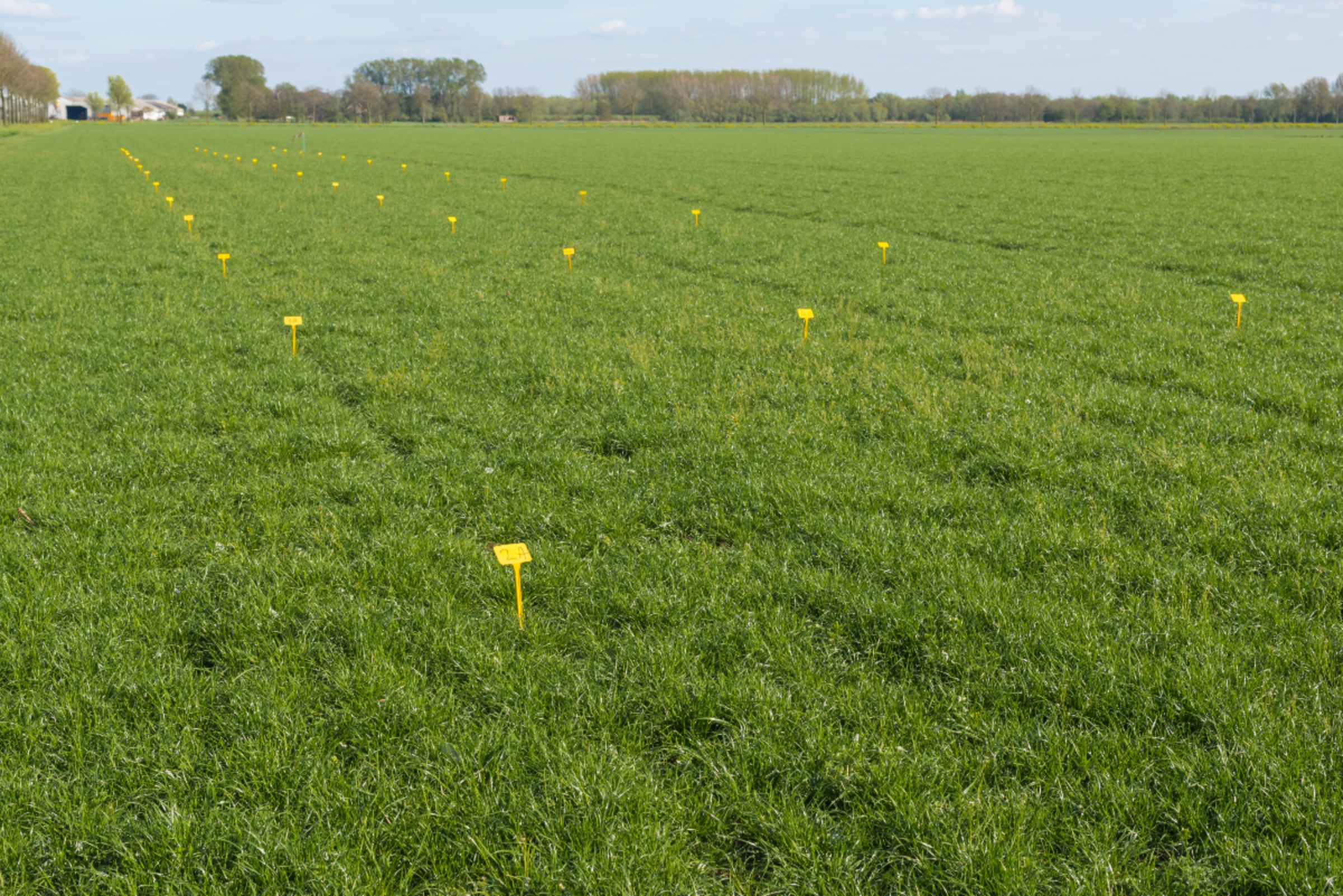Field trials is the main tool for documentation of product performance and testing of new technology in agriculture. Due to high variation in conditions within geographies and crops in agriculture, the resources required for field trials should not be underestimated when developing innovative AgTech.
The importance of field trials for new AgTech
To ensure sufficient documentation of product development and testing of new technology in agriculture, field trials are essential. Field trials are often performed on farmers’ fields, but also in laboratory conditions. Furthermore, field trials bring new products and technology closer to market entry, by validating the effect and characteristics.
“One trial is no trial”
In the world of agronomy, it is quite common to state that ‘one trial is no trial’. They knew that already in 1935, according to this publication in Nature. Especially for outdoor field trial work, variations in the field and soil itself, in addition to variation in weather and crop conditions can be significantly high. Trialing has many pitfalls. It is necessary to repeat trials over a period of at least three years under various conditions to get truly substantiated results.
To A farmer from Denmark will say that the outcome from a trial on grass in England is not necessarily relevant proof of the pudding for Danish conditions. Furthermore, a trial on grass does not necessarily give relevant proof for potential outcomes for maize or wheat. For trials to be relevant they need to be conducted in a soil and climatic area that is representative of the area you farm.
How to perform field trials
When doing agronomic field trials, it is important to choose a uniform field. High degree of variation will affect the outcomes of the test. Another important way of creating the right conditions and avoiding outcomes based on coincidence, is using replication and randomisation. When you, as an example, compare a nitrogen fertiliser application dosing of 90 kg N/ha of chemical fertiliser versus dosing 90 kg N/ha from livestock slurry, you should not simply choose two areas of land to trial this, but select at least three replicates (plots) for each treatment. Selecting and comparing three randomised plots with 90 kg N/ha dosing from different sources would give you more statistically reliable outcomes. ADAS (UK) has published an interesting guide to farmers’ crop trials.
Collaboration with research institutions
Due to significant local and seasonal variations, it is important for agriculture companies to gather data from field trials in different regions and under various relevant geographic and climatic conditions, to create a robust and reliable dataset. Collaborating with independent research organisations, such as ADAS, DTI and SRUC, is highly recommended to ensure the quality of results. This gives an independent and reliable substantiation of the working principles of our technology.
Read more about how N2 quantifies the benefits of NEO here.
To conclude, sucessful field trials and performance testing requires significant resources. This makes field trials challenging to conduct, but it can also be very encouraging if you are able to get reliable and valid results, verified by independent reserach institutions. Reliable and valid results can increase the value of a product and is particularly important for developing and verifying new technologies. Thus, putting resources is field trials is definitely valuable.
Some terms and definitions (source)Observations – These are the measurements of outputs of interest such as: crop yield, crop quality (e.g. grain protein), plant stand, disease level, etc., from each treatment. Treatments – These are controlled applications of a product or practice in an experimental trial. In our case this is fertiliser rates and types. The treatments are tested to determine impact on crop growth, yield and/or quality (the observations). A well-designed experiment will usually have multiple treatments. All treatments in an experiment are grouped into a replicate. Replicate – To improve the significance of a field experiment, replication or repetition of a group of treatments in an experiment is necessary. If a treatment is truly effective, the averaging effect of replication will reflect the potential benefit of a treatment. Replication reduces variability in experimental results and increases the significance and the confidence level from which a researcher can draw conclusions. Randomisation – In a field experiment, each treatment is randomly assigned within an experimental group or replicate. Randomization of treatments within a replicate is done to prevent potential bias. |




